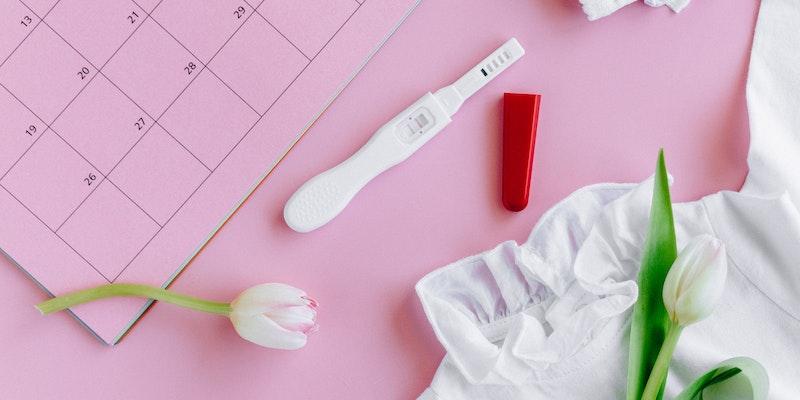Knowing your ovulation time period is crucial if you are trying to conceive. Ovulation is the process when an egg is released from your ovary, and it travels down the fallopian tube, where it may be fertilized by sperm. The time when ovulation occurs is the most fertile time for a woman, and it is essential to know when it is happening to maximize the chances of getting pregnant. In this blog, we will discuss how to identify your ovulation time period.
- Keep track of your menstrual cycle: Your menstrual cycle plays a vital role in determining your ovulation time. The menstrual cycle is counted from the first day of your period to the first day of your next period. The average menstrual cycle is 28 days, but it can vary from 21 to 35 days. Ovulation usually occurs 14 days before the start of your next period. Therefore, if you have a regular menstrual cycle, you can calculate your ovulation period by subtracting 14 days from the start of your next period.
- Observe changes in cervical mucus: Your cervical mucus changes throughout your menstrual cycle. During ovulation, your cervical mucus becomes thin, clear, and stretchy, resembling egg whites. This type of cervical mucus is favorable for sperm, and it helps them reach the egg. Therefore, if you observe this type of mucus, it is an indication that you are ovulating.
- Use an ovulation predictor kit: An ovulation predictor kit is a useful tool that can help you predict your ovulation time. It works by detecting the luteinizing hormone (LH) in your urine, which surges 24-36 hours before ovulation. By using an ovulation predictor kit, you can identify the LH surge and determine the best time to have sex.
- Monitor your basal body temperature: Your basal body temperature (BBT) is the lowest temperature your body reaches during rest. Your BBT increases by 0.5-1 degree Fahrenheit after ovulation. By monitoring your BBT daily, you can identify the day when your temperature increases, indicating ovulation.
- Pay attention to ovulation symptoms: Some women experience ovulation symptoms, such as mild pelvic pain or discomfort, bloating, breast tenderness, or increased libido. These symptoms can help you identify when you are ovulating.
In conclusion, knowing your ovulation time period is essential if you are trying to conceive. You can determine your ovulation time by tracking your menstrual cycle, observing changes in cervical mucus, using an ovulation predictor kit, monitoring your basal body temperature, and paying attention to ovulation symptoms. By identifying your ovulation time period, you can increase your chances of getting pregnant and starting your journey to parenthood.

